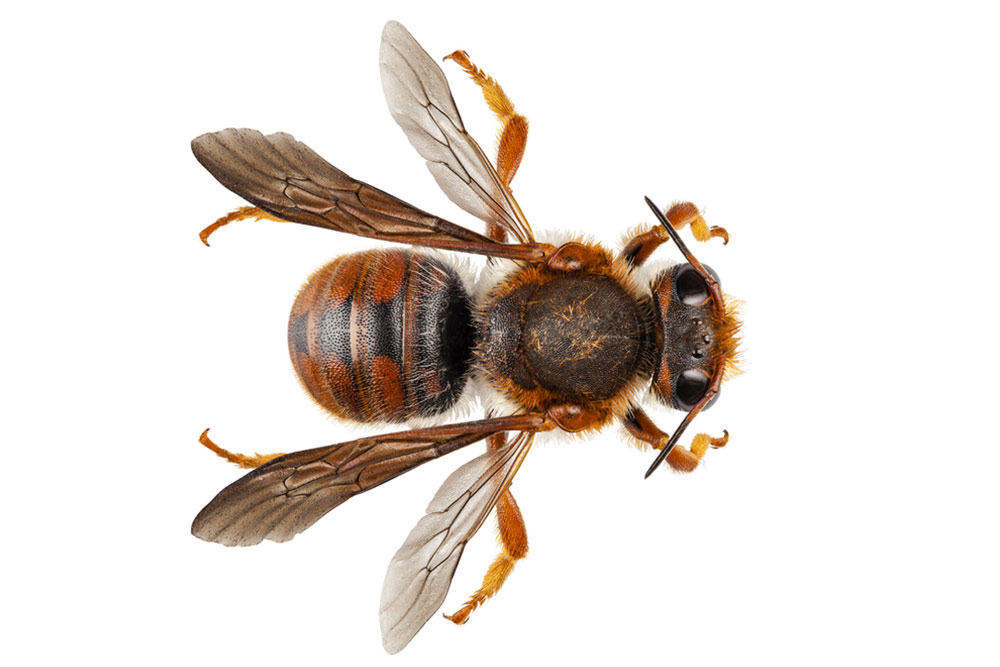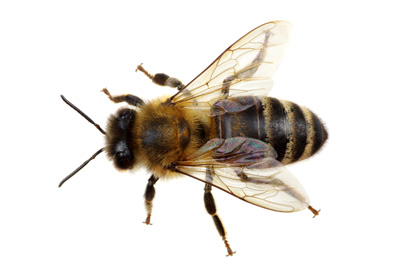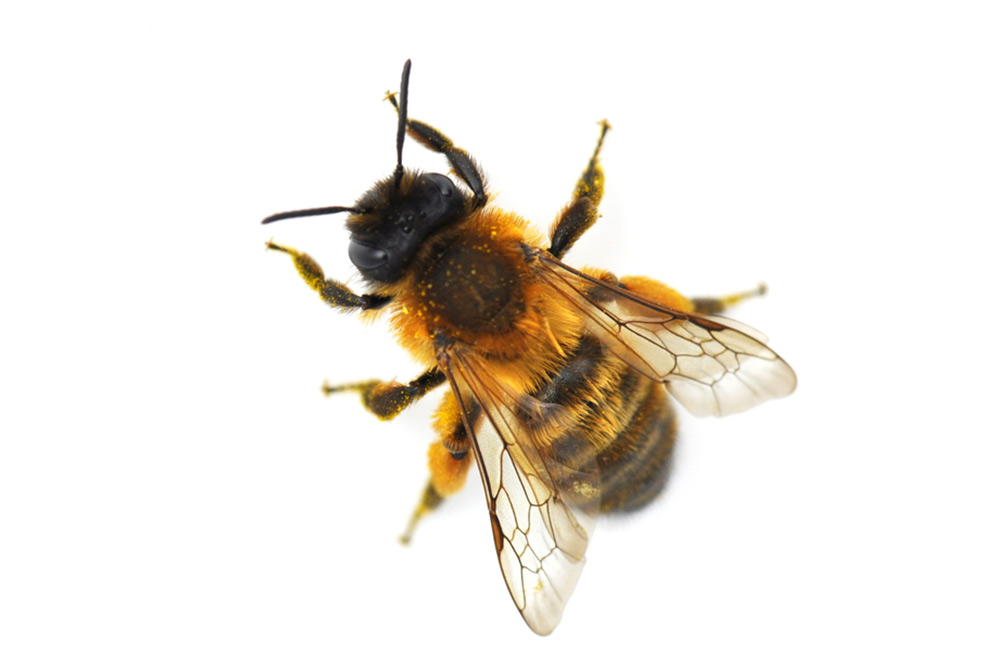The Australia Problem Bees
Did you know Australia has over 1.700 native bees? Many of which are essential and important to our ecosystem. Unfortunately, many native bees are under attack due to invasive and destructive feral bees. These bees are known to cause problems such as spreading parasites, exotic weeds and competing for scarce resources. Learn more about this problem down below.
Feral Honey Bees
Not all bees are created equal. Especially for the habitat they reside when. When a new and invasive bee enters the ecosystem it can pose serious challenges, threats and concerns to both native bees and the environment. This is where feral honey bees can start causing problems.
- WHAT ARE FERAL HONEY BEES?
- WHY FERAL HONEY BEES ARE PESTS?
Feral Honey Bees are bees that were imported to Australia from various countries. They come from a domesticated stock and were used to harvest honey. Some of which have escaped and now roam wild throughout Australia.
Feral Honey Bees are normally much larger and operate in bigger groups than their native counter parts. They also do not have the same pollinating techniques as some of the native bees which have adapted specifically for this environment of ours.
Feral Honey Bees are a problem because they were not intended to live in Australia and do not possess the same skills, techniques or behaviors as native bees. This results in a disruption of the ecosystem and can even endanger other more essential bees and the habitat.These disruptions include:
- Competing for resources such as pollen, nectar, and nesting sites
- Incorrectly and improperly pollinating native plants
- Spreading disease and parasites to native Australian bees
- Damaging the ecosystem through the spread of exotic weeds
These can result in millions of dollars in destruction and cause unforeseen and irreversible damage.
In order to protect Australia’s fragile and beautiful ecosystem and all her natural bees – we must control, contain and manage the feral stock.
This is a difficult problem but a problem we can overcome together. We can’t let the feral bees take over and destroy our natural habitat.
Mortar Bees
Along with feral Honey Bees, there are other species which are also incredibly destructive in their own way. One of these bees is the Mortar Bee. Rather than destroying the environment, the mortar can destroy homes and buildings – causing untold damage every year.
- WHAT ARE MORTAR BEES?
- MORTAR BEE PEST STATUS
Mortar bees or Masonry Bees, are large, yellow and pale brown bees who are often found alone rather than in a hive. They like to burrow in crevices and holes in sand, hard soil, rock face and brick foundations – hence Mortar Bee. They are not known for stinging humans.
While Mortar bees are not dangerous to humans, they are still incredibly destructive. They find soft mortar mixes and then burrow their way in – removing the mortar from the brickwork. This then allows moisture to enter the walls which leads to structural damage from water and can even result in a collapse of brickwork.
This makes them a giant pest throughout Australia, resulting in many failed buildings and leaving a threat to the residents inside.
This is why it is essential to take care of the problem early on and stop Mortar Bees before they cause irreparable harm and damage.
We help take care of Mortar Bees quickly and efficiently, providing you the peace of mind knowing your building is being taken care of.
Conclusion
We must seek to manage, control and prevent destructive bees to cause damage to the ecosystem and out communities. We provide effective solutions which protects and promotes the health of beneficial bees, while reducing the damage of destructive ones.







